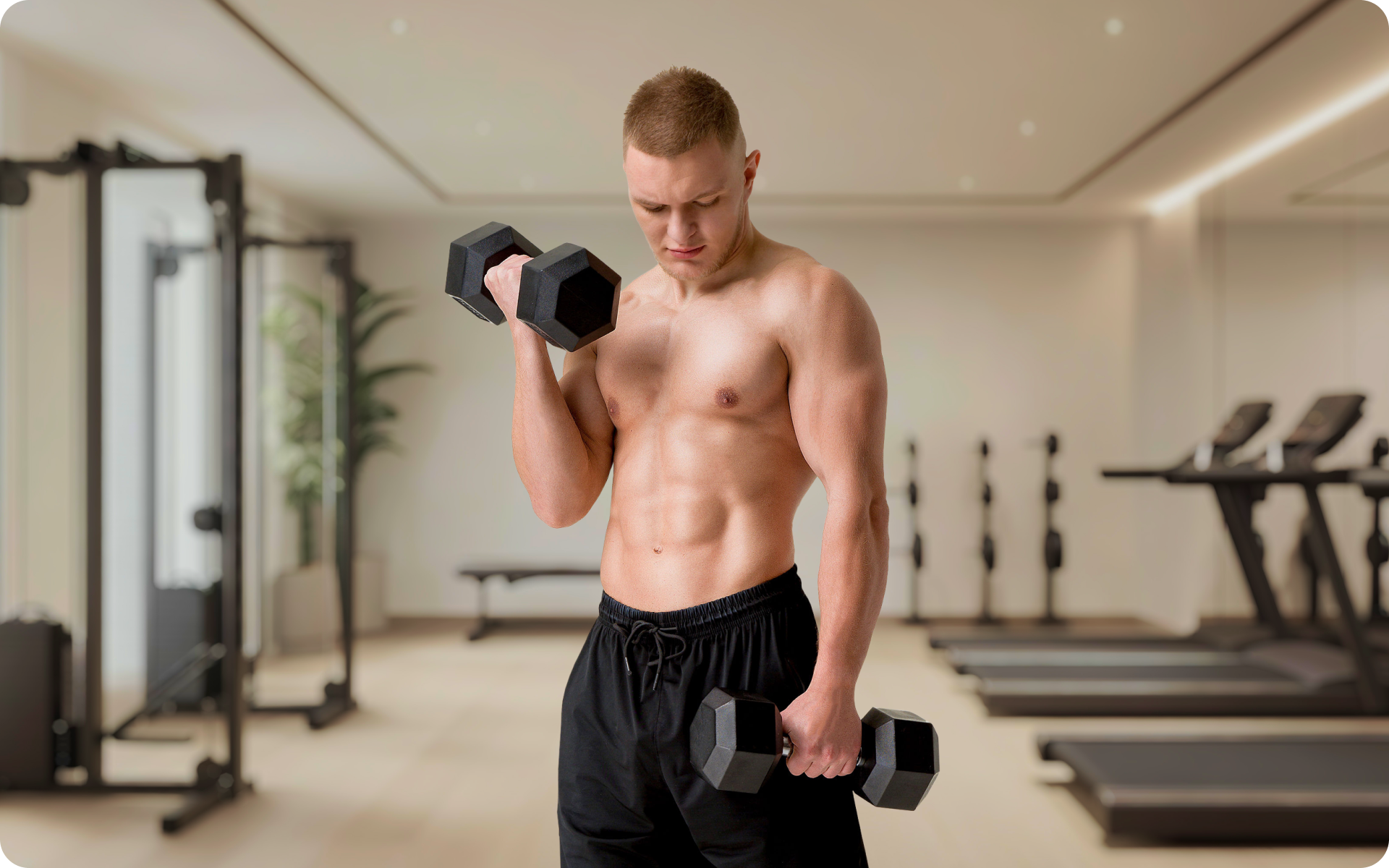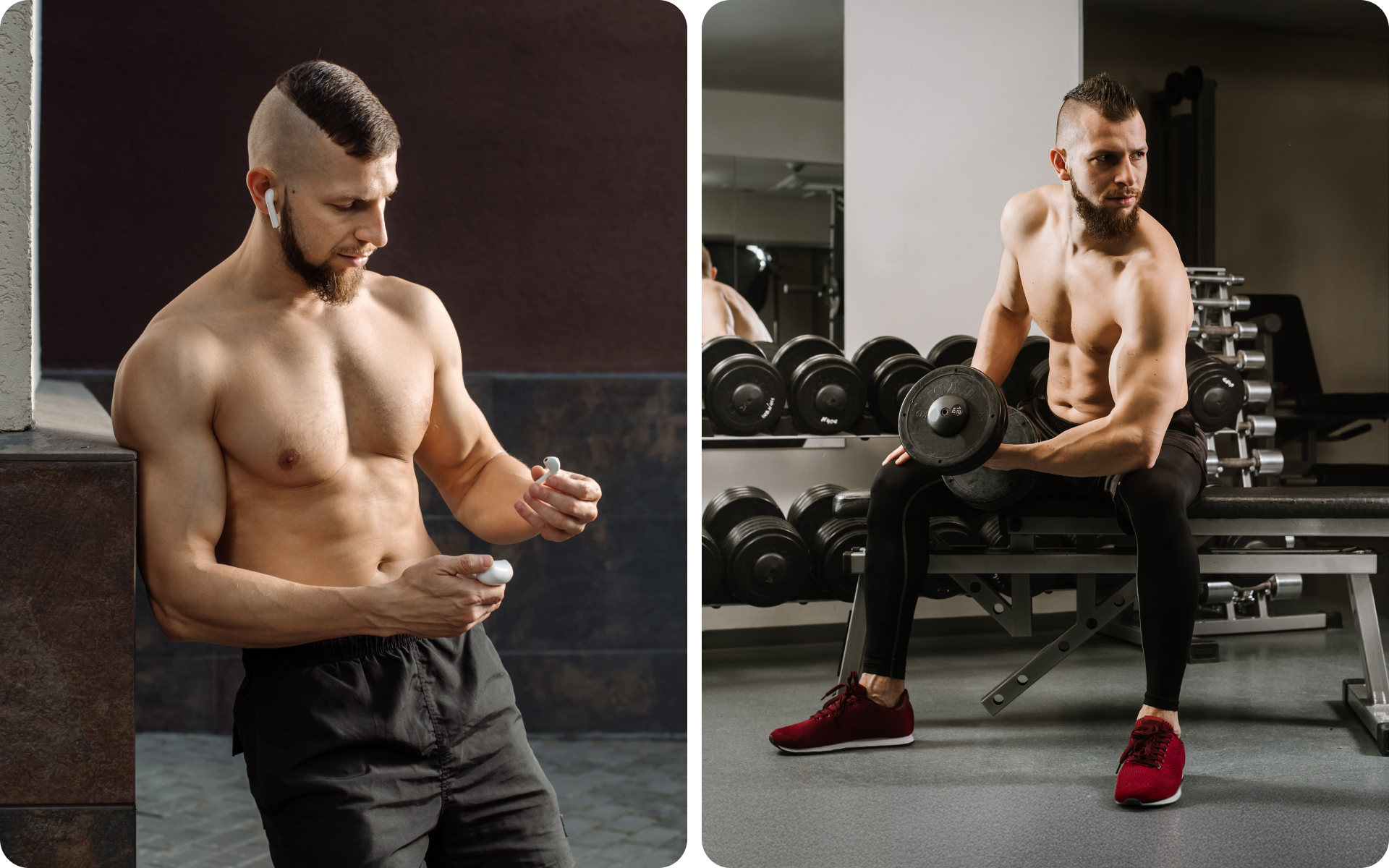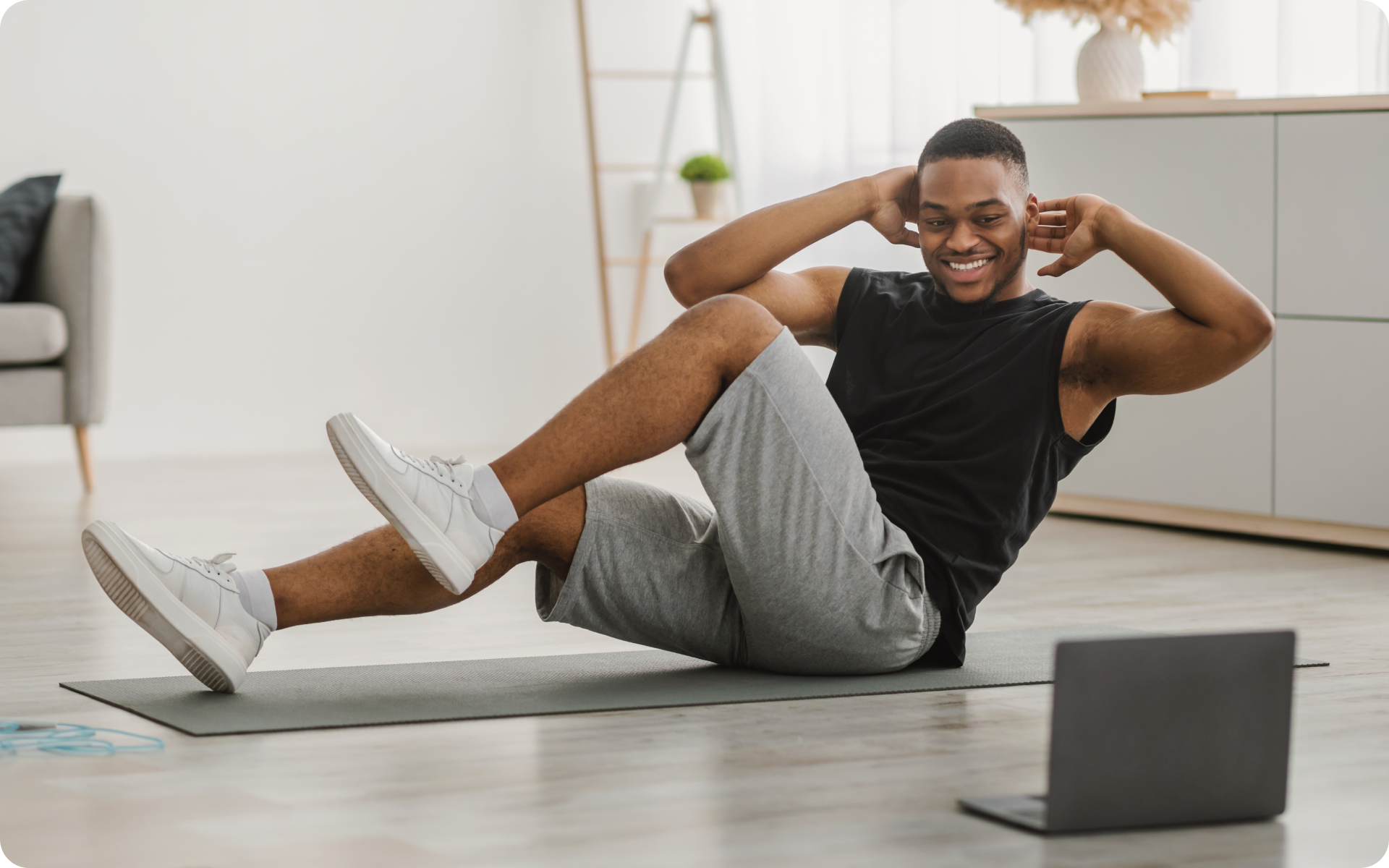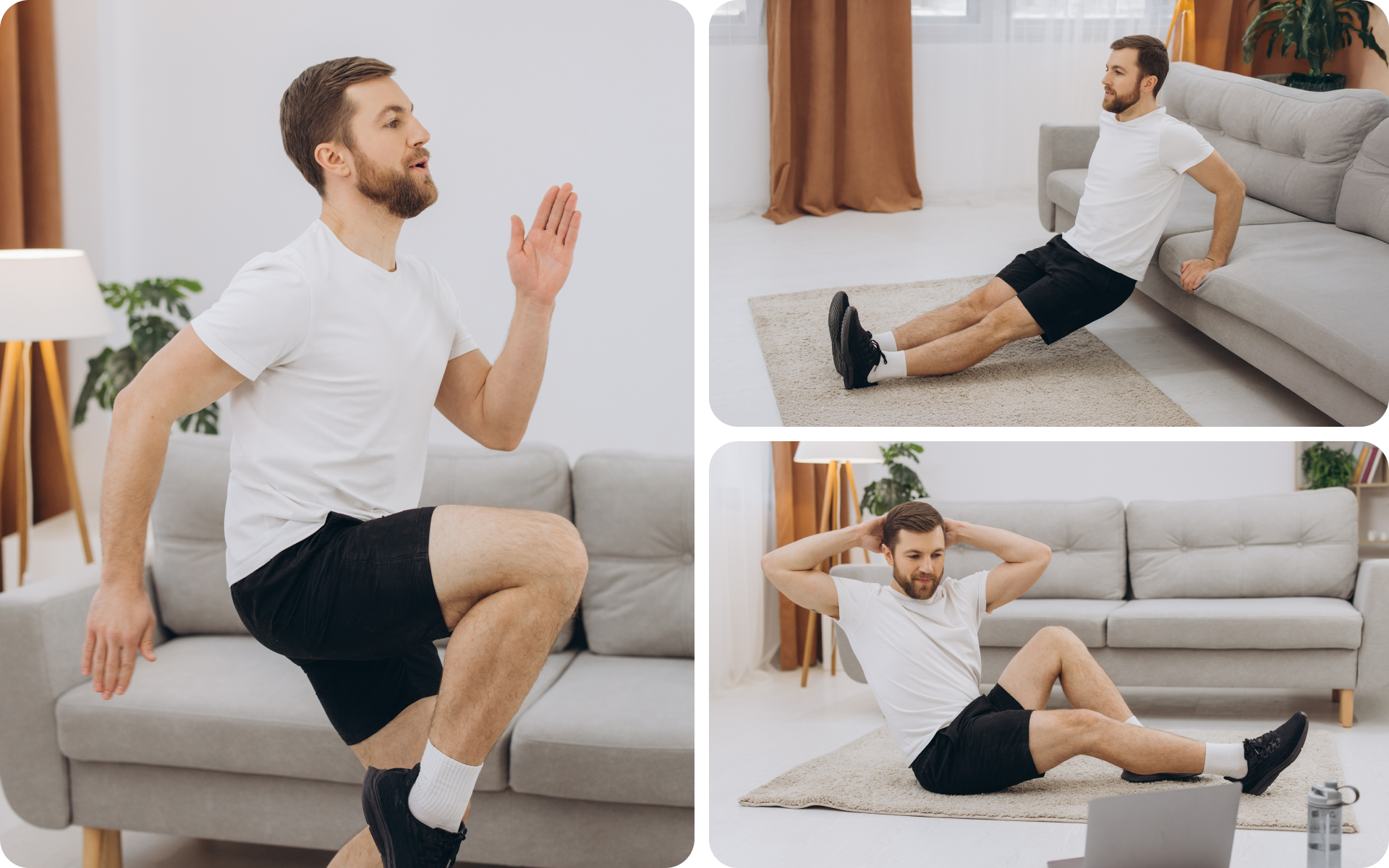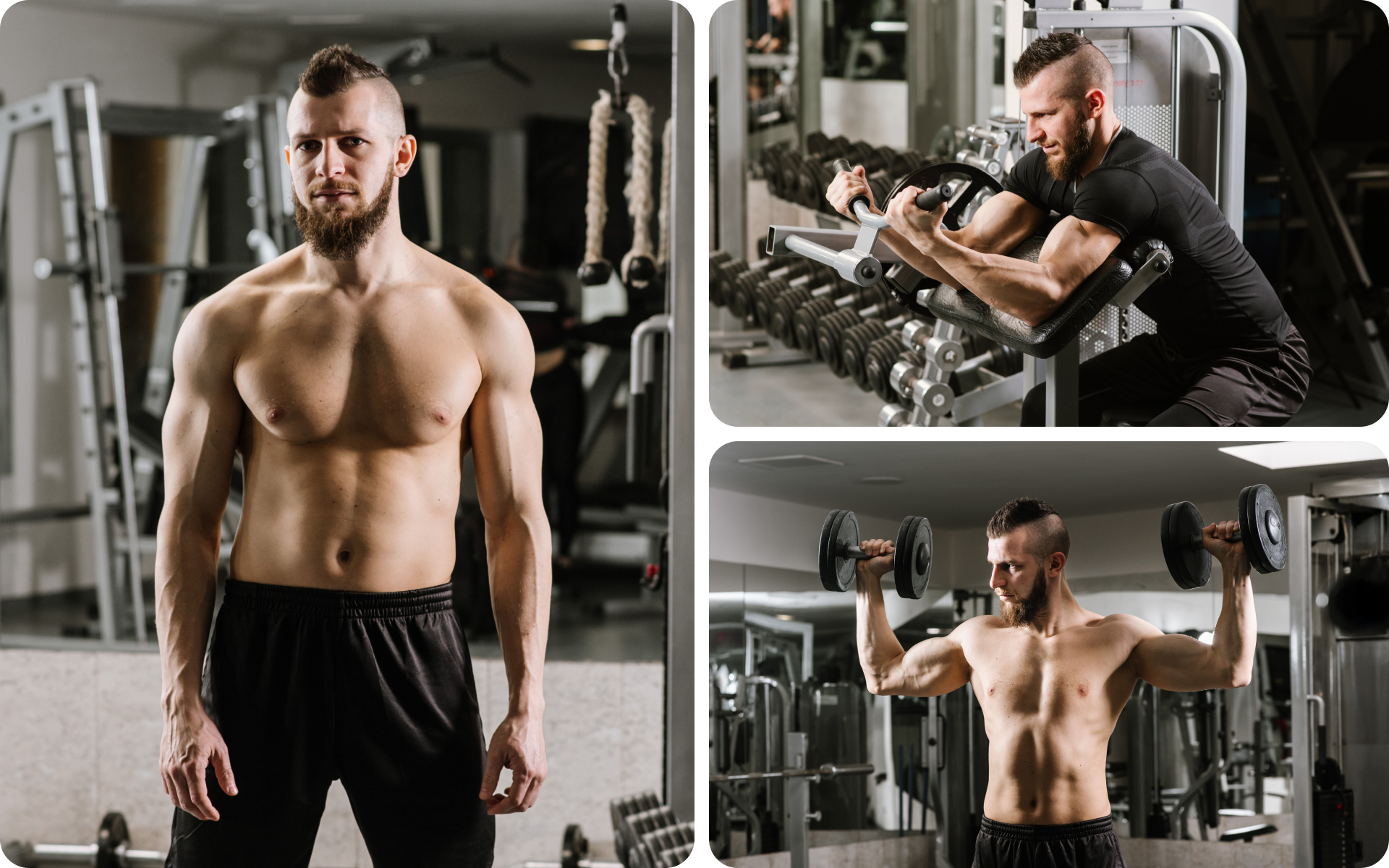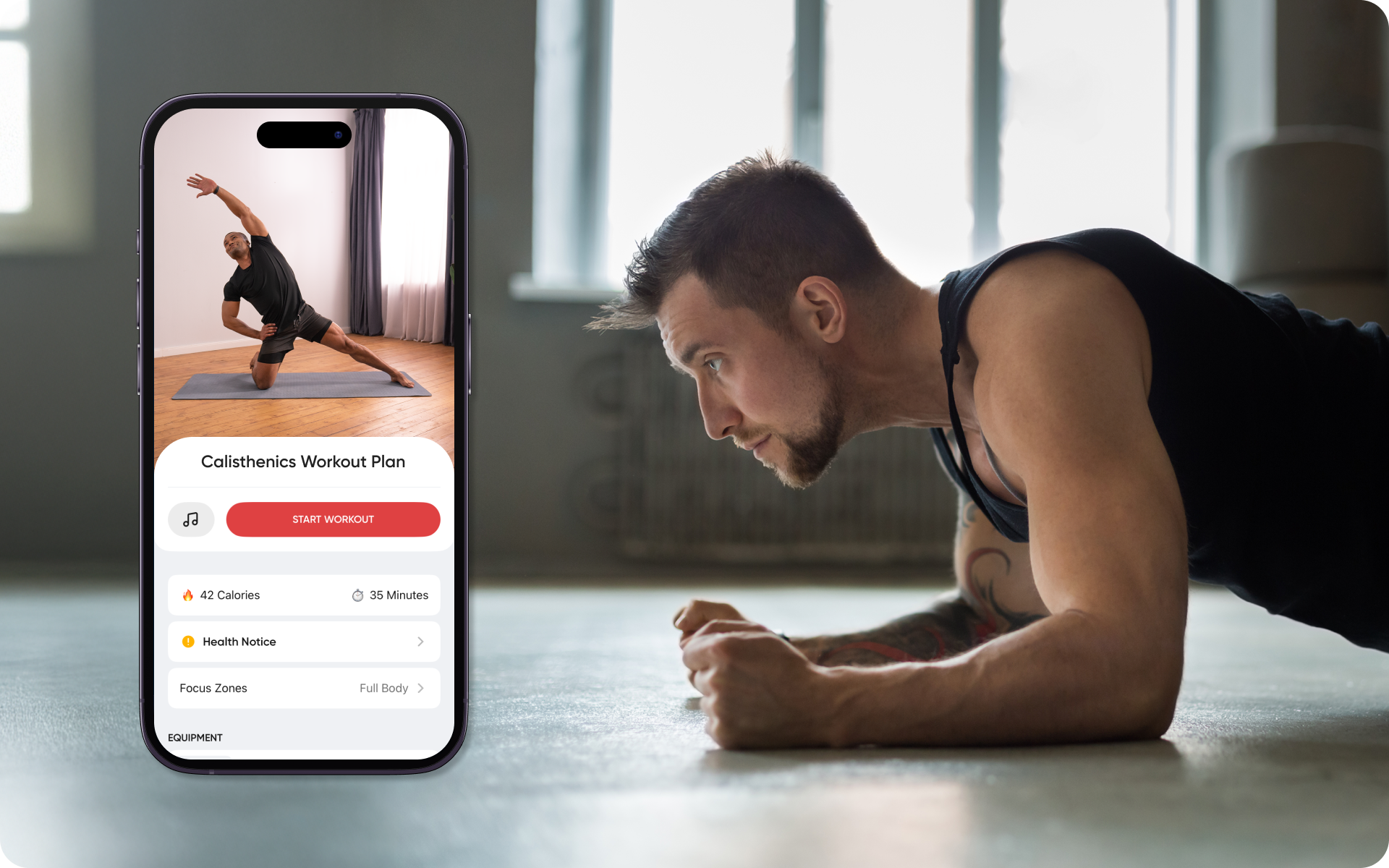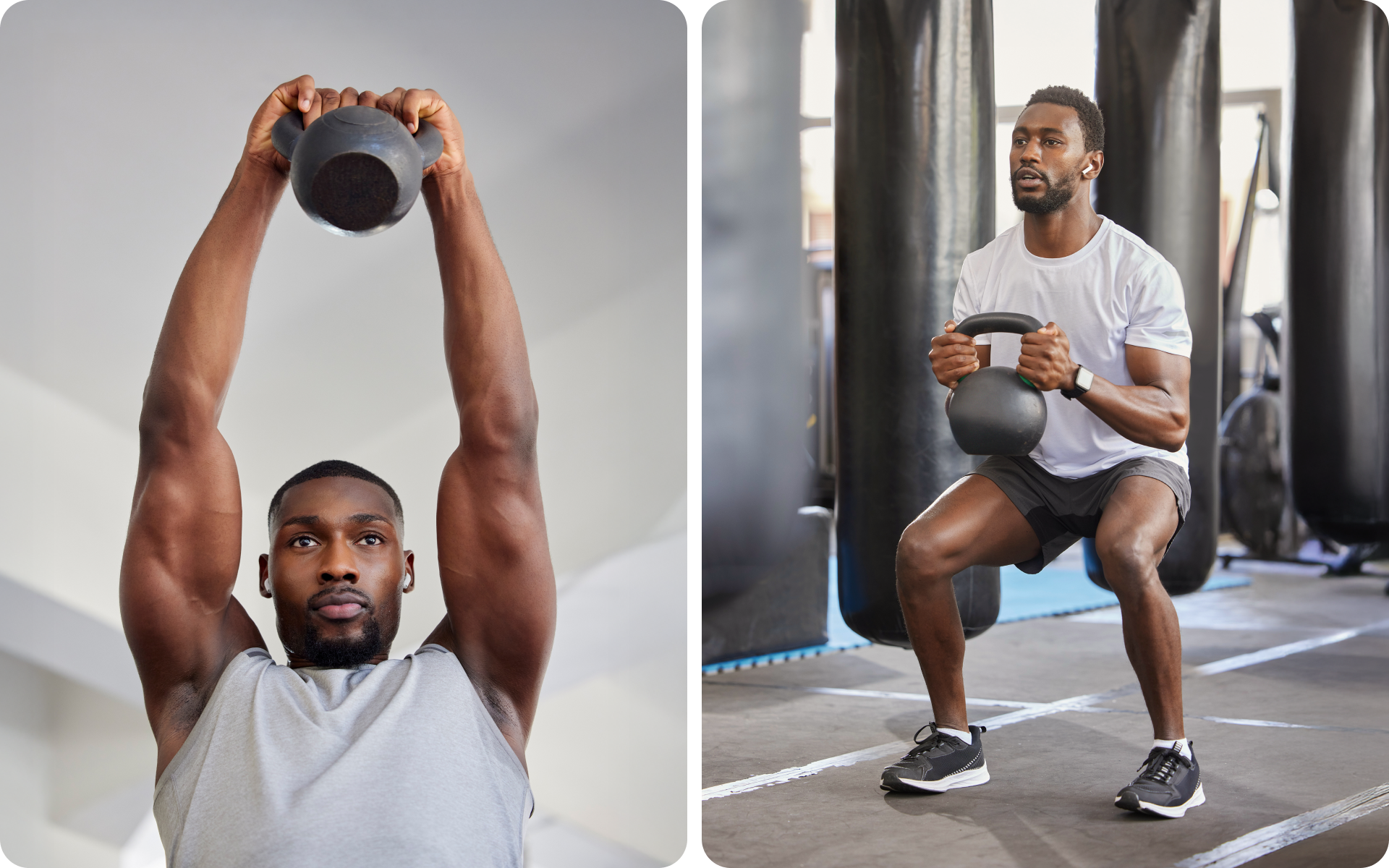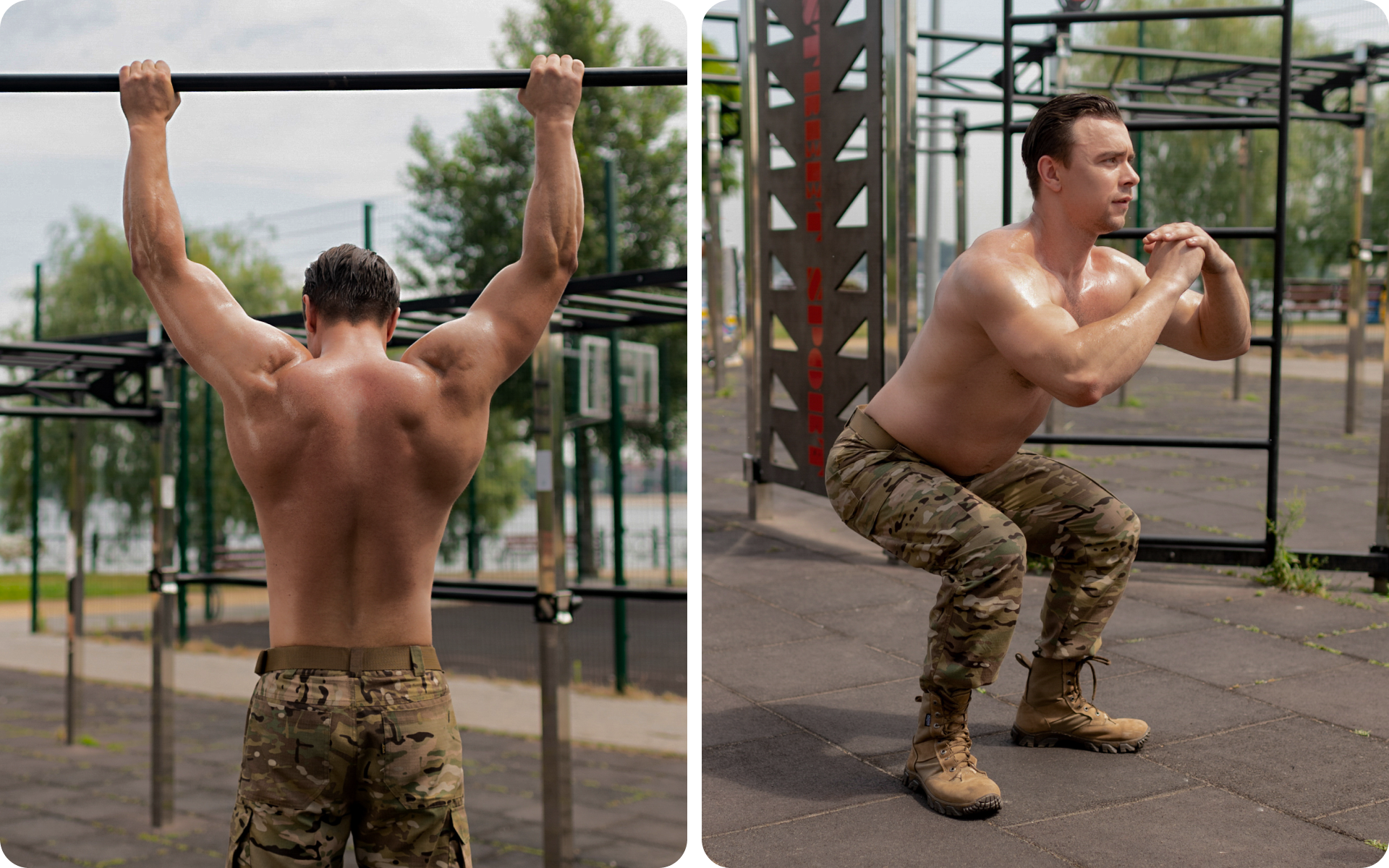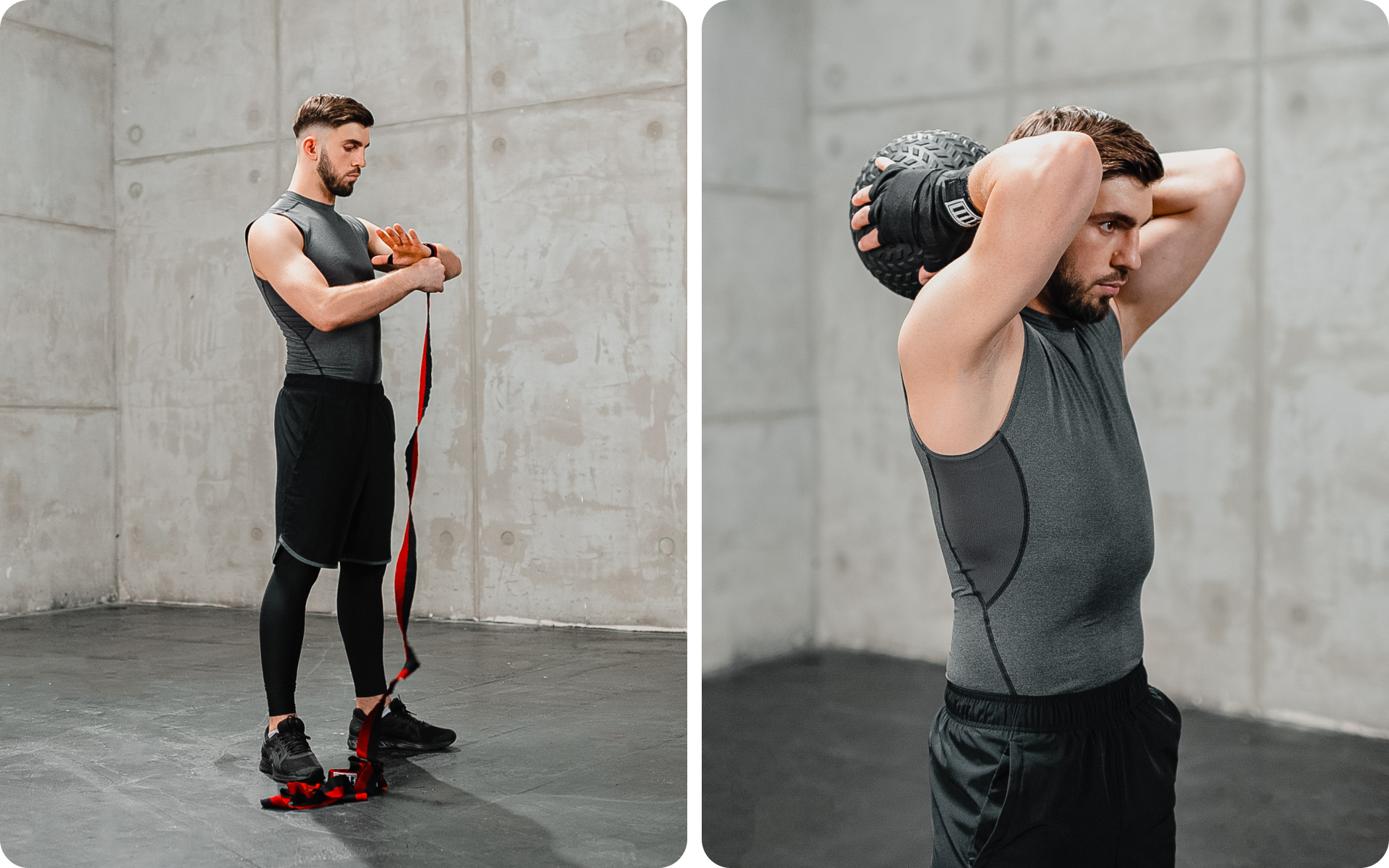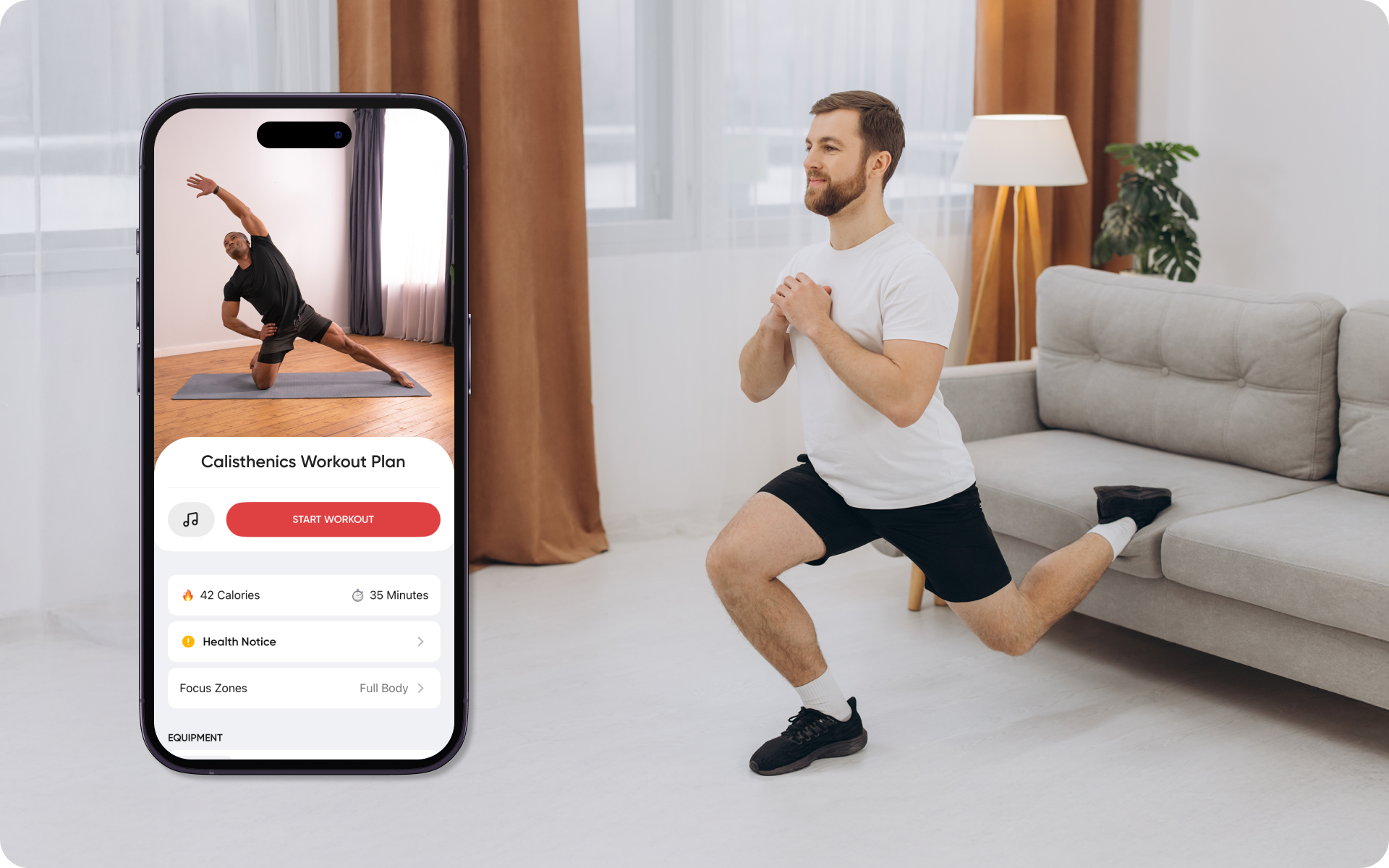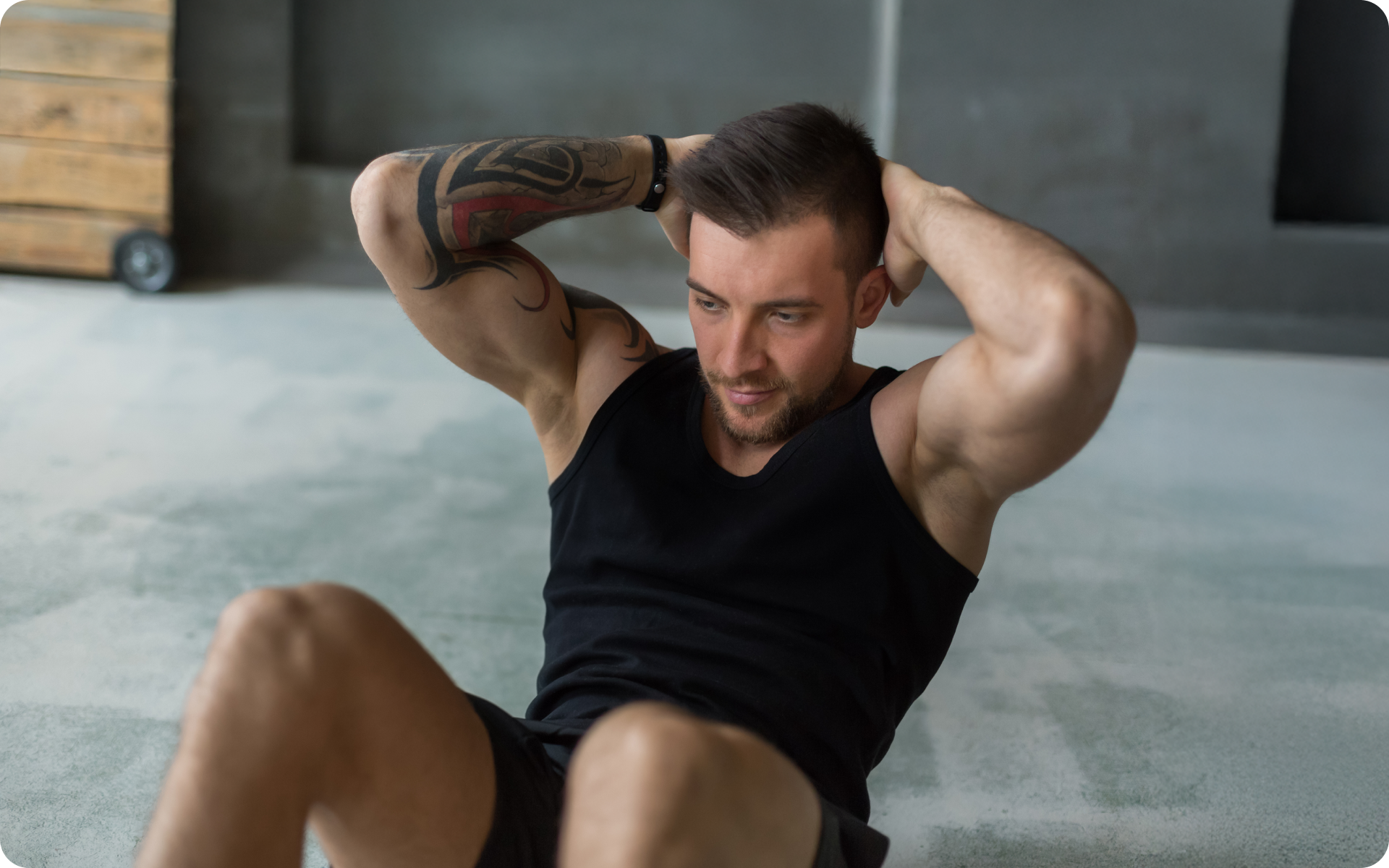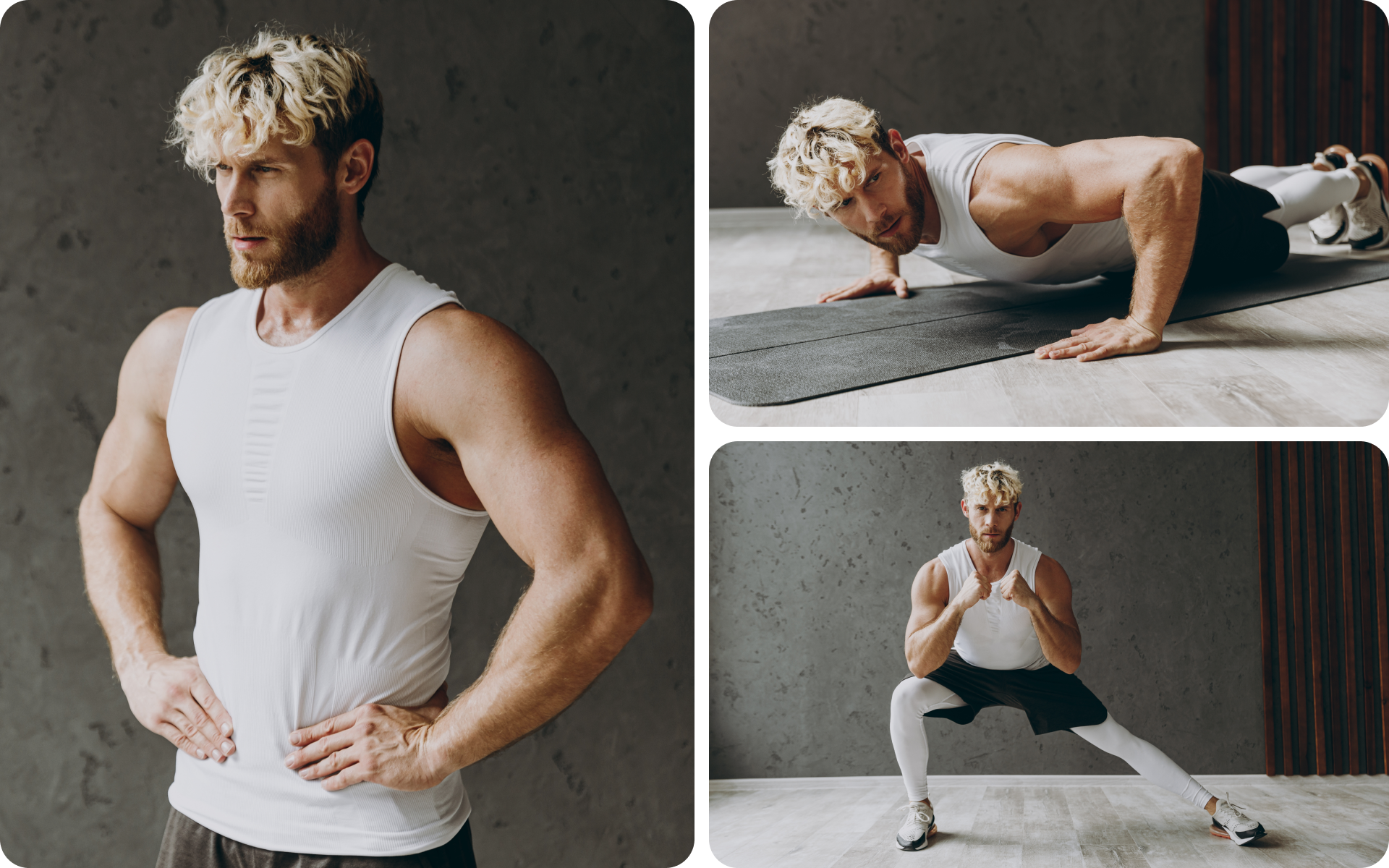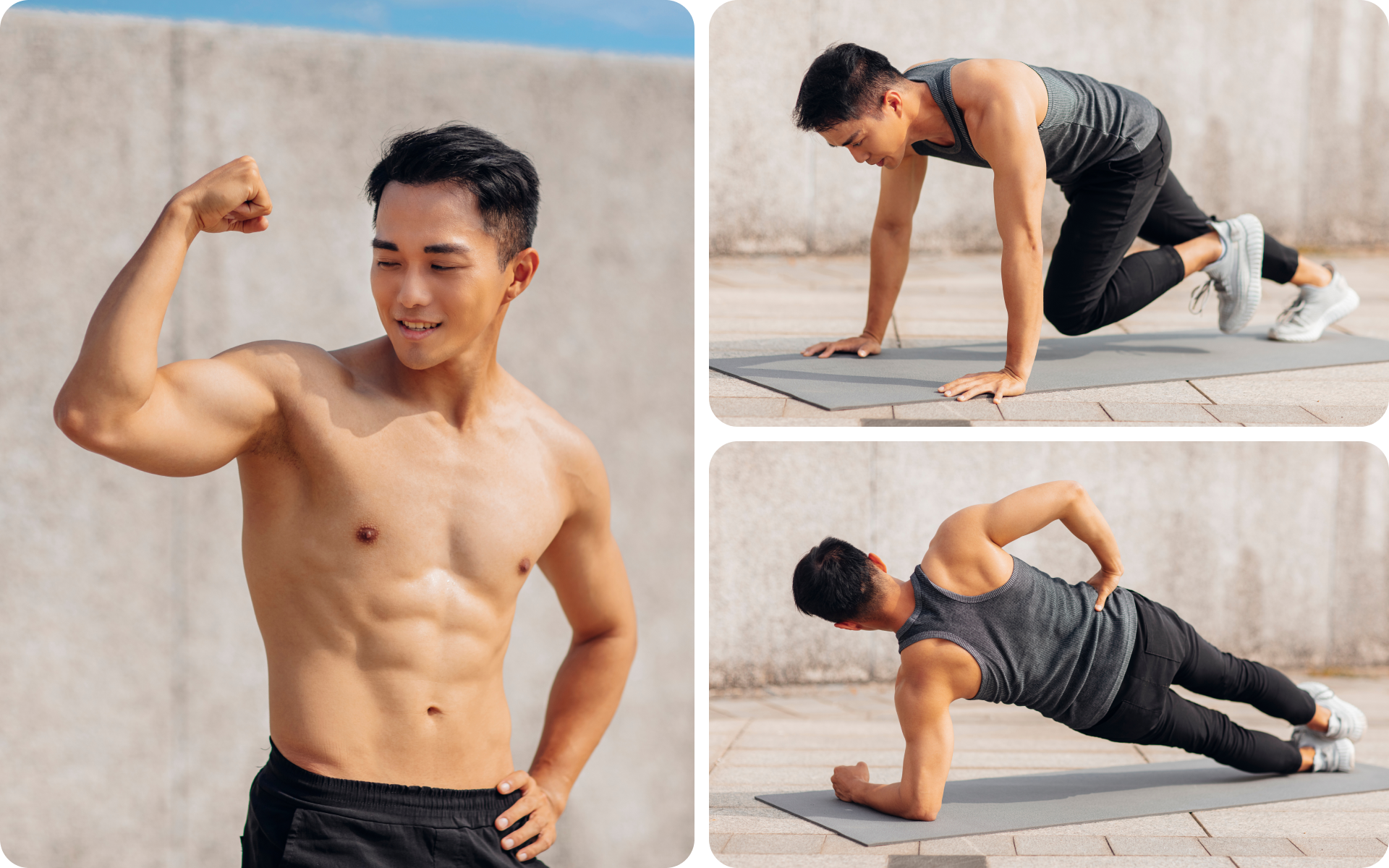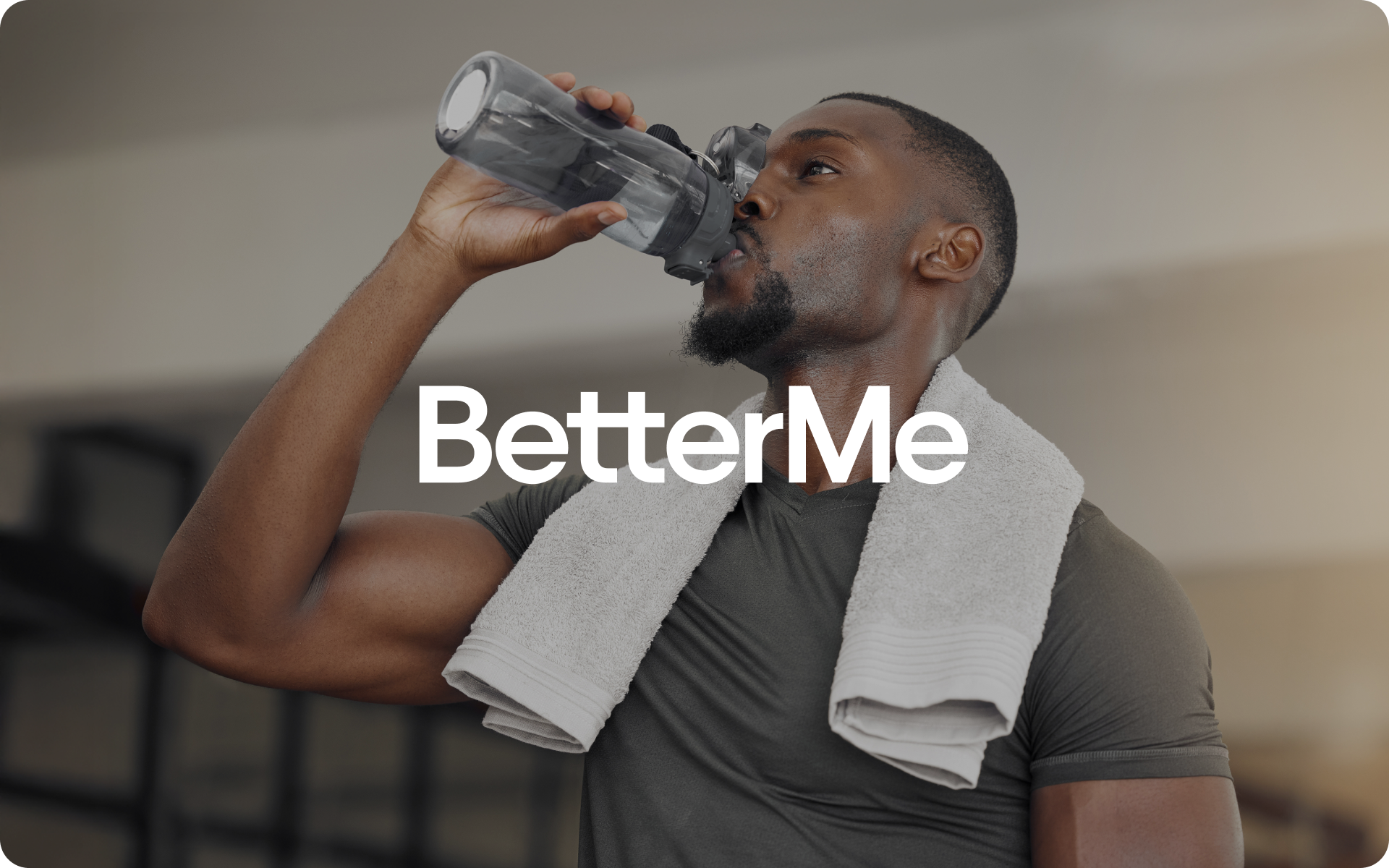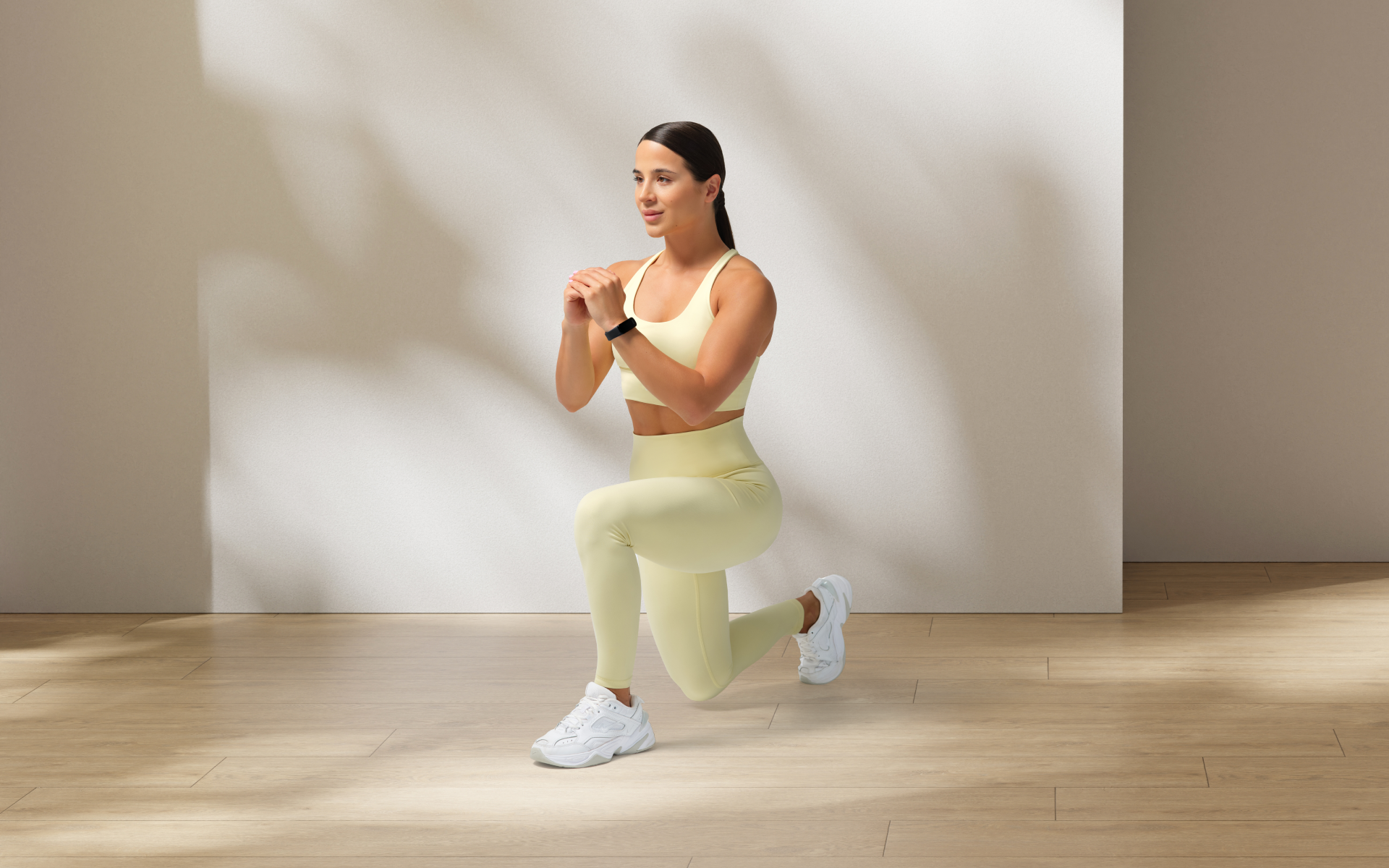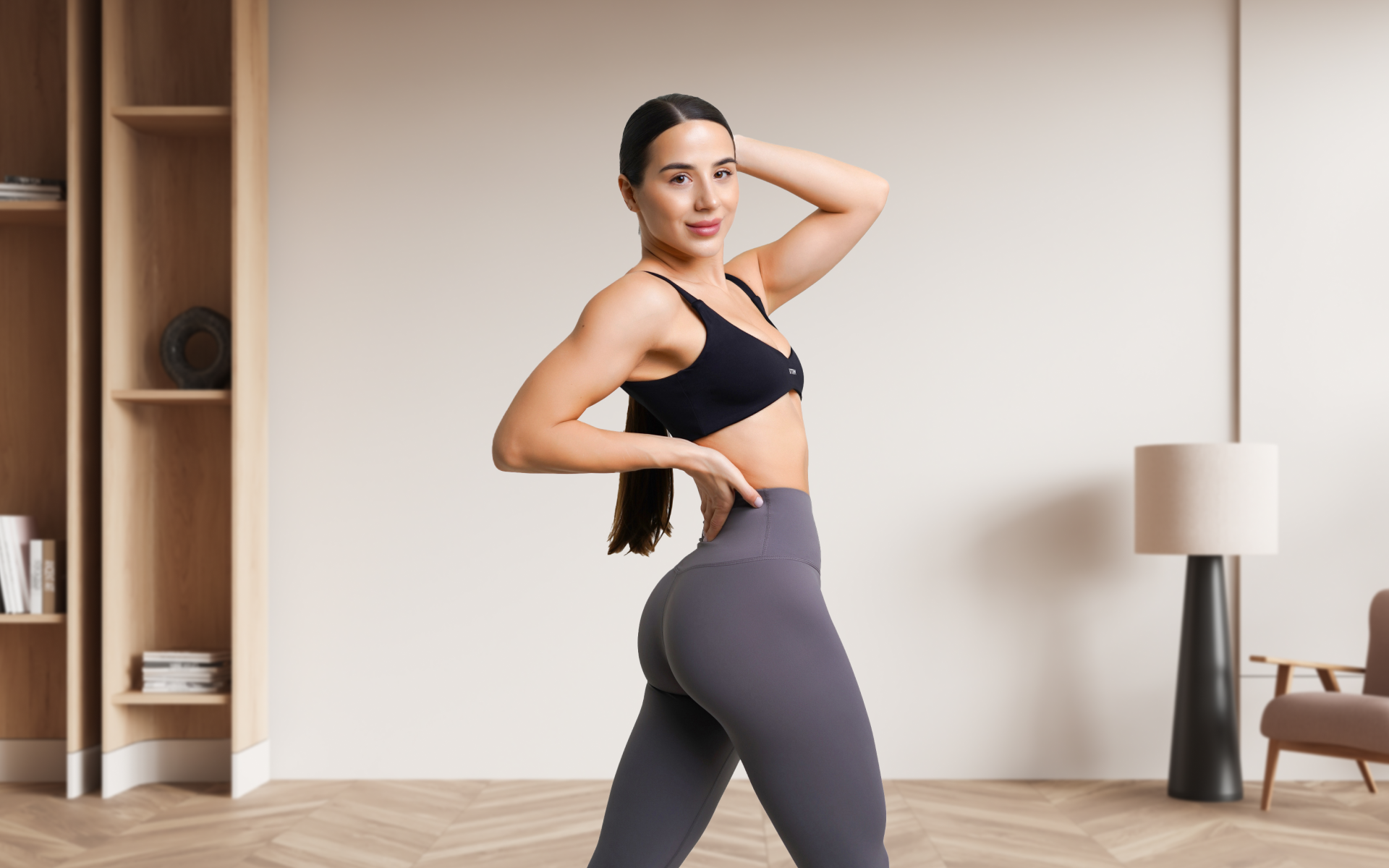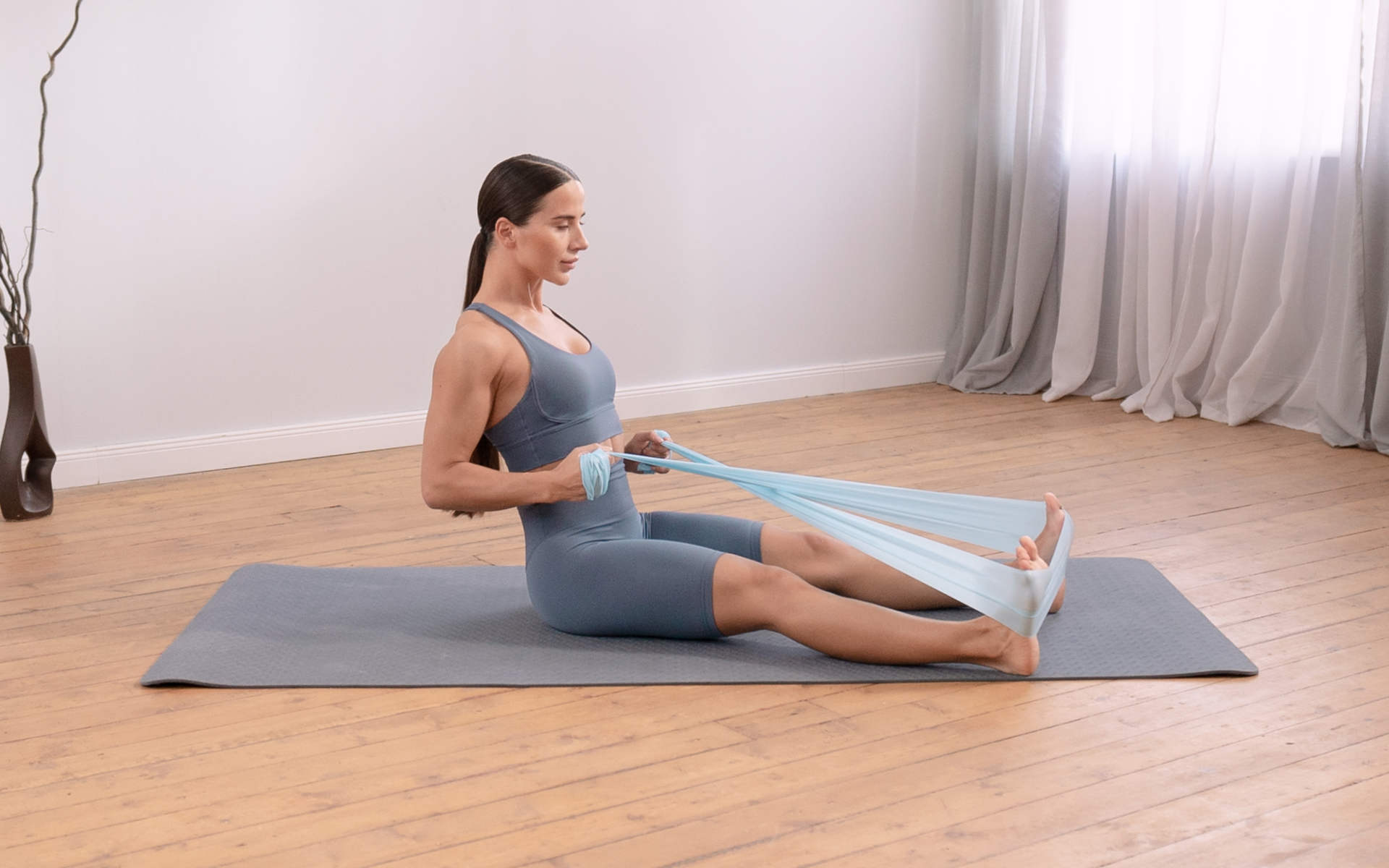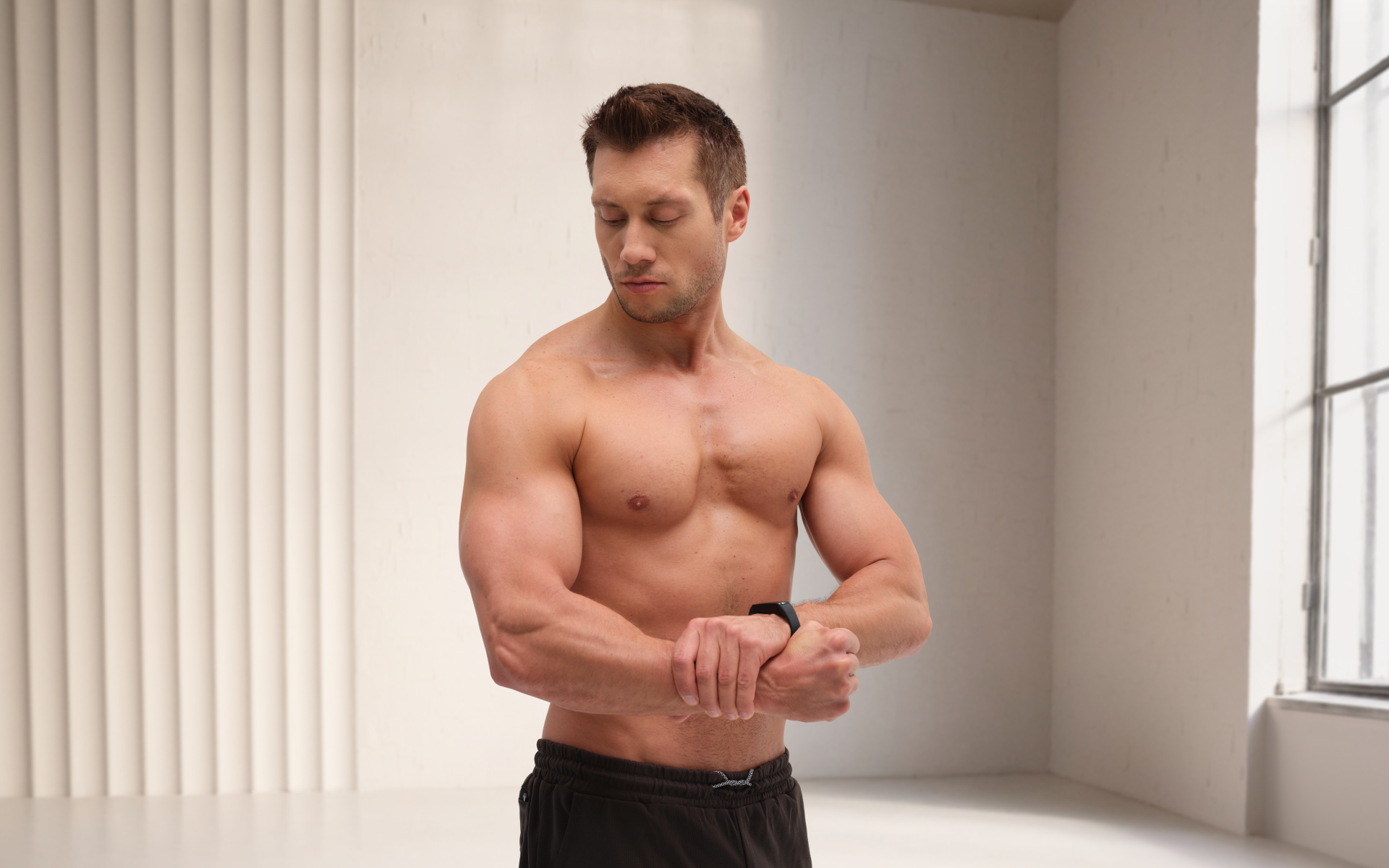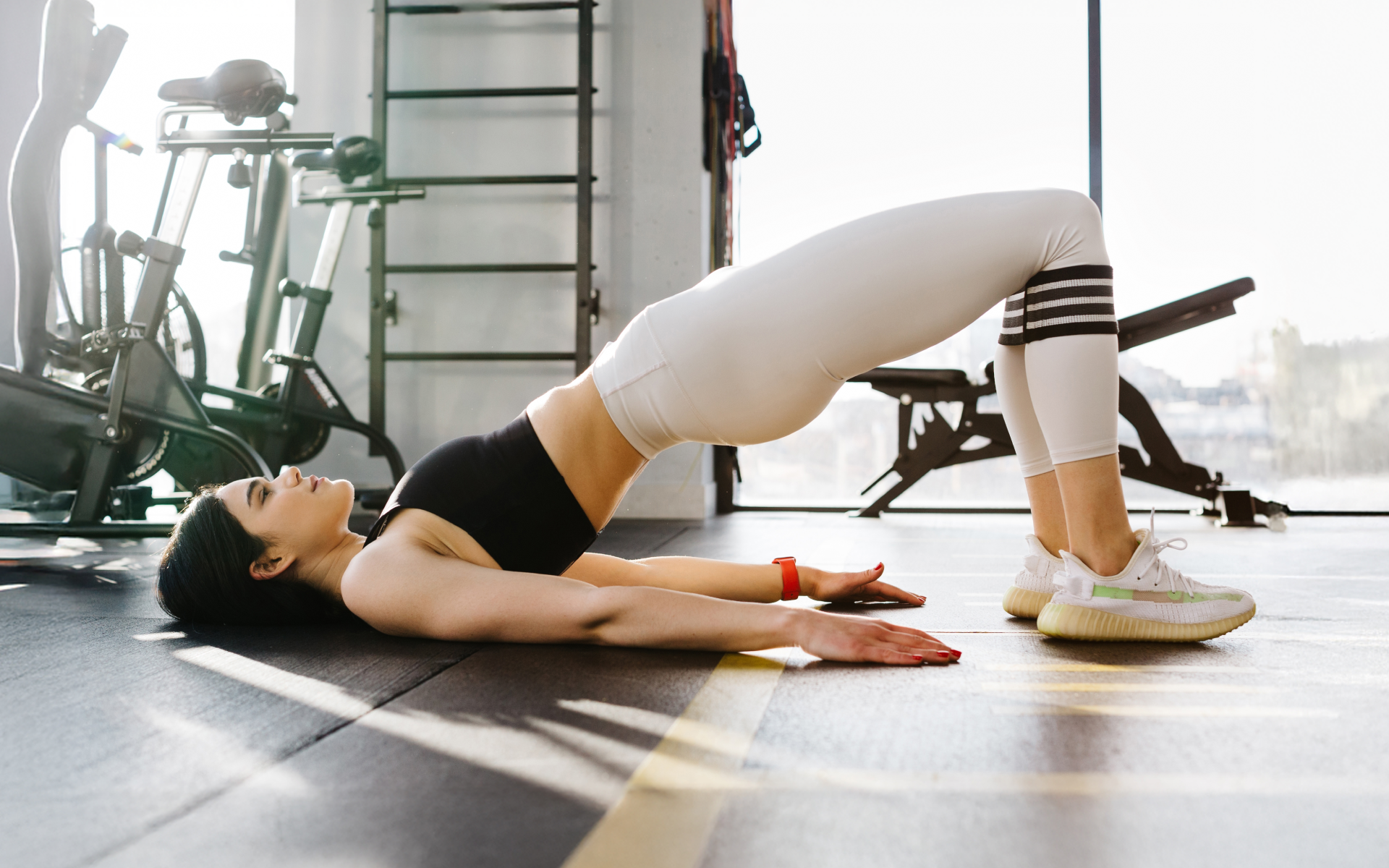Calisthenics vs weight lifting: which of these two types of exercise can help you lose weight and build muscle, in the shortest amount of time? Recently, weight lifting and strength training have become increasingly popular. However, are weights really all they’re cracked up to be? In the calisthenics vs weight lifting debate, which one comes out on top for you?
Calisthenics vs Weight Lifting: What Is The Difference?
Weights or weight lifting is quite self-explanatory. It is a type of strength training that uses weights for resistance. Weight training is usually performed using free weights, such as barbells and dumbbells, or by using weight machines. These weights stress muscles, causing them to adapt and grow in strength (2).
Calisthenics on the other hand, do not involve weights and use only bodyweight for resistance. This practice is also known as bodyweight training. Unlike weight lifting, which has gained popularity in recent years, calisthenics have been around since the late 19th century and early 20th century (3).
BetterMe is your fast-track ticket to a long-lasting weight loss! Tailor your fitness journey and maximize your results with just a couple of swipes!
Benefits Of Calisthenics vs Weight Lifting
Before you decide whether to go hardcore with weightlifting or instead switch to calisthenics, it is best first to know the (5) pros and cons of each. This will help you make a more informed decision on what will work better for you and your goals.
Pros of calisthenics
Here are some reasons why you might want to consider doing more calisthenic exercises:
- They are relatively safe – When it comes to calisthenics vs weights, use of bodyweight for exercise is considered to be a safe form of exercise for most ages and fitness levels.
Because you are only using your body and no other weight, as long as you have the correct form for each exercise, there is a low risk of injury.
- They are quite cheap – Gym equipment can be quite expensive. When working with weights, you have to buy equipment such as barbells, dumbbells, kettlebells and more. The cost may even be double or triple that of free weights if you choose to use machines instead.
Since calisthenics just requires your body weight and gravity you do not need to spend a dime on fancy equipment. Calisthenics can also be done anywhere so you end up saving money on a gym membership.
- Convenience – unlike weighted workouts, bodyweight exercises can be done from basically anywhere. Be it at a park or at home, you can easily get in a quick workout session wherever you are.
With 30 minutes to spare and some space around you, you can get a full-body workout and go about your day. You can even get in a quick session during vacation.
- Balance and coordination – Calisthenics require you to be mindful of your body rather than some equipment you are holding. They also require more core activation and stabilization through various exercises, so you will end up building better balance and coordination.
- It is easy to find simple workouts – When starting a workout regimen, it can be quite daunting to figure out which workouts to choose. The best thing about calisthenics is that it has multiple easy to follow compound exercises.
With calisthenics, not only are you able to build a fun yet effective routine with a few moves, but these exercises work more than 1 muscle group which is perfect for full body workouts.
- They are time efficient – As stated above, bodyweight workouts can easily target multiple muscles in one exercise. This is beneficial for people who prefer doing full body workouts and are short on time due to work and other commitments.
When it comes to the cons of calisthenics, there seems to be only one. Since you just need body weight you can not get any resistance in your workout other than what your body provides you.
Pros of using weights or weightlifting
- Allow for gradual strength gains – In calisthenics, the lightest weight that can be used is your bodyweight. With weightlifting, the dumbbells can allow for slower increases in resistance for those that may not be ready for heavier resistance.
- Access to a trainer – The best thing about going to the gym is that you are surrounded by multiple trainers and coaches at any given time. You can approach them, and they can show you the best way to use these weights and get the most out of them.
Some cons of weights are as follows:
- Higher risk of injury – Since you can utilize heavier resistance than your bodyweight, there is an increased risk of injury as the weights increase.
- Weight machines workout one muscle group at a time – Machines often have a fixed range of motion which means that when you are doing an exercise you can only engage one specific muscle group or movement pattern. For someone who wants to do a full body workout, they’ll have to spend an eternity at the gym.
- Cost – Gym memberships, free weight or machines, and trainers can be quite costly, and not everyone has the luxury to afford them. This could discourage many people including students and people with lower incomes from working out.
- Not as convenient – To establish a good workout routine and muscle growth, you need to be able to work out easily and from anywhere. If you are used to using weights or going to the gym, circumstances where it is difficult to make it to the gym can seriously impact your progress.
Read more: The Simplest Lower Back Calisthenics Guide for Beginners
For example, when you go on vacation, finding a gym for a week or two can be quite a hassle, and most people would rather not bother. The world also went through a pandemic that had all public areas, including gyms, closed which posed a problem for many gym goers.
Gyms are also public areas that are not very comfortable for people with social anxiety.
There could be time constraints i.e. commercial gyms tend to be bigger and stay open for longer making it easier for people to workout at any time of day or night. However, if you do not have a commercial gym near you, private ones don’t open as early or close as late as commercial options.
Looking at these factors, weightlifting seems to fall short of calisthenics due to access, costs, convenience, and safety factors.
Is Calisthenics Or Weights Better For Beginners?
As seen above, calisthenics pose a low risk of injury and thus may be better for beginners. Once you are more familiar with how your body moves while exercising, then you can slowly incorporate weights to your routine.
Calisthenics Vs Weight Lifting: Which One Works Better?
The first thing to realize in the debate about using weights vs calisthenics for muscle growth is that both bodyweight workouts and using free weights will help you build muscle. However, when choosing which workout to do, you first need to consider what your fitness goals are, as each exercise works differently for each group of people.
For example,
Building huge muscles
While both bodyweight exercises and lifting weights will help with building muscle strength and enhancing muscle endurance, the latter goes a step further.
Adding weights to your routine as opposed to just using your bodyweight helps create more resistance and adaptation for your muscles. This continuous breakdown and repair process leads to muscle growth, resulting in bigger and stronger muscles. This works even better if you are progressively overloading your routines which consistently challenges the muscles.
Thus, when it comes to calisthenics vs weight lifting, we can see that weights are better when used by anyone who wants serious muscle growth such as wrestlers, or competitive bodybuilders and weightlifters (5).
Functional Fitness
This refers to exercises that support daily life and activities. Because calisthenics exercises mimic movements that we do in daily life, they are better for someone whose main goal is the improvement of functional fitness (4).
Stretching calisthenics like arm and wrist circles, wall angels, cat-cow pose, etc. are great examples of activities that improve functional fitness.
Which One Burns More Fat? Calisthenics Vs Weight Lifting For Fat Loss
Whether you are lifting weights or just doing bodyweight workouts, both of these two options will help you burn fat during your exercises. The difference, however, comes in what happens to your body after the workout session is done.
Exercise is known to boost your metabolic rate. People with slower metabolic rates are even advised to increase it throughout working out (7). A faster metabolic rate means that you burn more calories which can lead to fat loss.
As we have seen above, working out can help with muscle growth and muscles tend to burn more calories than fat, even when we are not working out. The more muscles you have, the faster/more active your basal metabolic rate – the rate at which you burn calories while at rest.
In light of this, weight lifting is better than calisthenics when trying to lose fat. This is because lifting weights will keep your metabolism high for a period of time, long after you are done with your exercises (8).
However, all is not lost if you are a lover of calisthenic exercises. These exercises can still help you lose fat (4). Not only do you burn fat during the exercise, but these workouts still build muscle – albeit at a slower rate than weight lifting. Your basal metabolic rate will be positively impacted from calisthenic workouts.
Weight Lifting vs Calisthenics Frequency: Can You Do Them Every Day?
No, you cannot.
- Calisthenics – Whether you are doing them to build muscle or simply to lose weight you still need to rest your muscles. You cannot do calisthenics 7 days a week, as this will lead to overtraining.
You should always give your body 24 to 48 hours of rest each week to allow your muscles to rest and repair themselves (6).
- Weight lifting – The same rules apply in this one. Everyone should take up to 48 hours each week to rest and repair their muscles (11).
For both types of exercise it is advisable not to work out the same muscle groups two days in a row as this can lead to injury. If you do the upper body on Monday, switch to your lower body on Tuesday. Even with this, you will still need to have a rest day or two during the week.
Overtraining, through calisthenics, weight training, cardio, etc. has been shown to lead to negative effects such as increased depression, low motivation, anger, and eating disorders. You may also experience excess fatigue, muscle and joint soreness, increased risk of injury while working out, lowered immunity, and much more (9, 10).
If you’ve mustered up the courage to crush your weight loss goal, let Betterme take the sting out of this demanding process. Our app will help you restructure your habits, remold your life and crank up your fitness results!
How To Start Calisthenics At Home
How to start calisthenics at home? If the above benefits of calisthenics vs weight lifting have convinced you to give bodyweight exercises a try, then there’s no time like the present to get started. As long as you have the motivation, dedication, discipline, and some space to do your exercises, you are good to go.
Early Morning Calisthenics To Start Your Day Right
Morning calisthenics helps boost your mood, wake you up, improve alertness and gives you energy to get the day going. Here are some great beginner calisthenics workouts to do at home, in the morning before heading off to work/school. They require no equipment so you can hop out of bed, stretch, and get straight into it (1).
Walking lunges
Walking lunges (and other lunge variations) strengthen the leg muscles as well as the core, hips, and glutes.
- Stand with your feet roughly hip-distance apart. Keep your torso upright and tall, core engaged, your shoulders back and chin lifted, and look straight ahead.
- Take a big step forward with your right foot and plant it roughly two feet ahead, allowing your left heel to lift naturally as you step forward. Place hands where comfortable, at your sides or on your hips. If you feel unstable, place a hand on a stationary object to help with balance
- Keeping your core engaged and upright, breathe in and bend both knees lowering your back knee toward the floor. Stop just before it touches down.
- Breath out as you press firmly through your right heel and extend the right knee as you rise to stand and you lift your left foot from the ground, swinging it forward to plant it about two feet ahead of your right foot.
- Continue stepping forward with each lunge, alternating sides as you do. Aim for 3 sets of 16-20 reps (8-10 reps per leg).
Sit-ups
Sit-ups are great for engaging and strengthening your core muscles
- Lie on your back on the floor or a bench. Bend your knees and hook your feet under the couch or under the handle of a heavy dumbbell. You could also ask someone to hold your feet for you.
- Put your hands on the sides of your head, touching your ears or with arms crossed, each hand resting on the opposite shoulder. Avoid placing your hands behind the neck as there is an increased likelihood for injury due to tugging on the neck..
- Flex your core and bend at the waist to raise your upper torso off the ground or bench.
- Lower your body back to the starting position.
- Aim for 3 sets of 8-12 reps.
Burpees
Burpees are a full-body calisthenic exercise that targets muscles in your arms, chest, quads, glutes, hamstrings, and abs. Not only do they build muscle, but they are also a great cardio exercise for weight loss.
- Start in a standing position with your feet shoulder-width apart
- Squat down with your back straight and put your hands on the floor between your feet.
- With your weight on your hands, kick or step your feet back so you’re on your hands and toes, and in a pushup/plank position.
- Do one push-up before jumping your feet back to their original position.
- Press your feet firmly into the ground as you jump up, reaching your hands straight over your head landing in a standing position.
Burpees are considered a pretty hard exercise even by gym veterans. If you are a beginner, here are some things you can do to make this exercise easier
- Omit the push-up entirely or do it on your knees.
- Instead of jumping, just stand and stretch your hands in the air
- When kicking feet back, rather than jumping both feet back, step one foot and then the other back into the plank position.
Push-ups
You will be targeting your chest, deltoids, triceps, and core.
- Begin on the floor and position your hands slightly wider than your shoulder width.
- Extend your legs back so that you are balanced on your hands and toes in a high plank position. Keep your body in a straight line from head to toe. Avoid sagging in the middle or arching your back.
- Brace your core by contracting your abs and tightening your core by pulling your belly button toward your spine.
- Inhale as you slowly bend your elbows and lower yourself until your elbows are at a 90-degree angle.
- Exhale as you begin contracting your chest muscles and pushing back up through your hands to the start position. Don’t lock out the elbows; keep them slightly bent.
- Aim for 3 sets of 6-12 reps
If this is too hard for you, do the push up on your knees instead of straightening your feet all the way. For the vertical version, you could also do an inclined push-up where instead of going to the floor, you can do the same movement by leaning on a couch or table with your hands in push up form, at a distance that is suitable for you.
Pistol squats
Pistol squats target the muscles in your calves, hamstrings, quads, and glutes.
- Begin by standing with your feet together – about shoulder-width apart.
- Lift one foot off the ground, extending one leg in front of you, with your heel hovering off the floor.
- Keeping your core tight and spine straight, bend your standing leg to lower your body while continuing to extend your other leg in front of you. Keep the foot of your standing leg flat on the floor. Think of this like dropping into a single-leg squat.
- Continue the bend through your standing knee as far down as you can while aiming to keep your extended leg parallel to the floor without touching the floor. Straighten your standing leg to return upright.
- Aim for 3 sets of 4-8 reps per leg.
For a beginner, do not try going all the way down to the floor. Try doing this in front of a chair or couch, lowering yourself all the way to a seated position and powering back up out of the chair.. Hold onto a stationary object for balance as needed.
Spiderman walk
It is also known as the spider crawl and is an amazing workout that targets multiple muscles including those in the shoulders, chest, upper back, triceps, quadriceps, calves, glutes, hamstrings, adductors, and abductors.
- Get down on the floor in the start of a plank position with your hands on the floor shoulder-width apart, arms extended, shoulders positioned directly over your hands, and legs behind you, feet hip-width apart.
- Push the toes of your left foot into the floor. Raise the right foot off the floor and externally rotate the leg. Contract your core and glute muscles, keep your back flat, and bring your right knee to the outside of the right elbow.
- Extend your left arm out in front of you, palm on the floor, while your right knee comes towards your right elbow.
- Staying low to the ground, alternate your bent knee and hand as you walk/crawl forward.
- Continue this pattern, alternating right leg with left leg, until you “walk” the desired distance.
- Aim for 3 sets of 30-40 seconds
Mountain climbers
This is a great calisthenic workout for your deltoids, triceps, chest, core, and quads.
- Begin in a traditional plank position with your shoulders directly over your hands and wrists.
- Be sure to keep your back flat and your butt down, maintaining a neutral spine – do not curve your back or sag your hips.
- Engage your core and drive your right knee towards your chest, (or as far as you can). Return the right knee back to the starting position as you simultaneously drive your left knee up toward your chest.
- Return to the starting position and continue switching legs as you pick up the pace. It should feel like you are running in place in a plank position.
Windshield wipers
This is an incredibly powerful exercise for your core muscles.
- Lie on your back on the floor. Place legs in the air with hips flexed at 90 degrees, legs straight and feet pointed toward the ceiling
- Place your hands on the floor, arms extended, arms spread straight out to your sides for support. Remember to brace your core and breath throughout this exercise
- With your legs together, rotate your legs to one side, stopping short of touching the floor. Rotate to the other side.
- Aim for 3 sets of 10-20 reps (5-10 per side)
Read more: Calisthenics Shoulder Exercises: Techniques and Workouts
FAQs
Should I Do Calisthenics or Weight Lifting First?
Blended calisthenics and weight lifting routines are quite popular for people looking to lose weight and build muscle. If you choose to blend your workout, start with low intensity calisthenics before moving on to weights.
Can You Build Muscle With Only Calisthenics?
Yes, you can.
All workouts, with weights or not, can build muscle. Using bodyweight as resistance is a great way to stimulate and fatigue your muscles leading to muscle growth.
Can You Lose Weight With Only Calisthenics?
Yes, you can.
Bodyweight workouts will burn fat and help you build lean muscles. You can make bodyweight exercises harder by using higher impact progressions of exercises or incorporating them in a HIIT routine (high-intensity interval training) to help burn more calories during and after the workout.
Calisthenics Vs Weights Vs Machines - Which One Is Best?
This depends on your goals. If your end goal is to build strength, coordination, mobility, flexibility, and overall body control, then calisthenics are for you. There are even more advanced calisthenic techniques that you can learn along the way to help with this.
For better muscle growth and mass, weights could be the answer for you. Bodyweight exercises build strength and some lean muscle size while weights may help increase muscular size more so.
In the case of weight machines, we can see that these are also good for muscle growth, but they go a step further as they help in muscle isolation. Isolation is good for targeting a specific area to increase strength and muscle mass.
Why Calisthenics Is More Beneficial Than Weights Or Weight Machines
Calisthenics is better than weights or weight machines because of how ‘ready to do’ they are. You do not need to spend money on equipment or a trainer to do a simple bodyweight routine. With a good internet connection, you can easily create a list of videos to stream for multiple calisthenics exercises to do in your living room.
Why Is Calisthenics Harder Than Gym?
Calisthenics isn’t necessarily harder than gym/weight lifting. If you are trying some moves and they seem quite hard, chances are that your muscles/joints aren’t used to it yet – probably because you haven’t used them before. Work on the moves, try easier variations and they will be easier to do.
The Bottom Line
In the calisthenics vs weights debate, calisthenics seem to have ample benefits and require less equipment and time.
However, we can make a case for saying that weights are still needed in a workout routine. They help burn calories faster and build more muscles than what would be achieved by just bodyweight workouts.
With all this being said, please consider your age, health, and overall fitness before attempting the exercises listed above. If you are still confused about what option would work for you, make an appointment with an unbiased professional to explore your options.
Also, be sure to speak to your doctor and get a check up especially if you have any underlying health problems.
DISCLAIMER:
This article is intended for general informational purposes only and does not serve to address individual circumstances. It is not a substitute for professional advice or help and should not be relied on for making any kind of decision-making. Any action taken as a direct or indirect result of the information in this article is entirely at your own risk and is your sole responsibility.
BetterMe, its content staff, and its medical advisors accept no responsibility for inaccuracies, errors, misstatements, inconsistencies, or omissions and specifically disclaim any liability, loss or risk, personal, professional or otherwise, which may be incurred as a consequence, directly or indirectly, of the use and/or application of any content.
You should always seek the advice of your physician or other qualified health provider with any questions you may have regarding a medical condition or your specific situation. Never disregard professional medical advice or delay seeking it because of BetterMe content. If you suspect or think you may have a medical emergency, call your doctor.
SOURCES:
- 30 Bodyweight Exercises to Pack on Muscle at Home (2023, menshealth.com)
- Adaptations to Endurance and Strength Training (2018,ncbi.nlm.nih.gov)
- Benefits of Calisthenic Exercises (2021, webmd.com)
- Calisthenics For Beginners: What It Is, How To Start And Exercises To Try (2023, forbes.com)
- Calisthenics vs. Weight Lifting (2020, livestrong.com)
- How Often Should You Do a Calisthenics Workout? (2019, livestrong.com)
- How to Boost Your Metabolism With Exercise (2023, webmd.com)
- Metabolism: Popular Myths And 9 Easy Ways To Rev It Up! (2019, bodybuilding.com)
- Overtraining Syndrome (2012, ncbi.nlm.nih.gov)
- Physiological and Psychological Effects of Treadmill Overtraining Implementation (2021, ncbi.nlm.nih.gov)
- Should I Lift Weights Every Day? (2019, livestrong.com)
